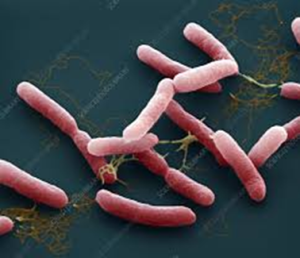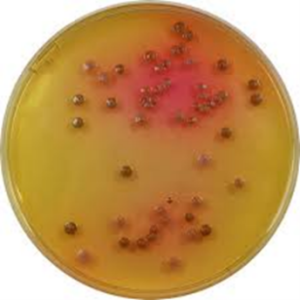Please click the frequently asked questions below for further information and IPC precautions required:
-
What is Burkholderia?
Burkholderia is a genus of Pseudomonadota whose pathogenic members include:
- Burkholderia pseudomallei, causative agent of melioidosis; and
- Burkholderia cepacia, an important pathogen of pulmonary infections in people with cystic fibrosis (CF)
Burkholderia cepacia complex is a group of Gram-negative bacteria commonly found in soil and water and are opportunistic pathogens in hospital environments.
B. cepacia poses little risk to healthy people however people with weakened immune systems or chronic lung diseases such as cystic fibrosis are susceptible to infection.

-
How does it spread?
It is a Contact Spread organism.
B. cepacia can be transmitted to susceptible people by direct/indirect contact with contaminated surfaces and exposure to B. cepacia in the environment.

-
What are the symptoms of Burkholderia?
Infection typically involves the respiratory tract, with symptoms including fever, cough, shortness of breath and wheezing.
B. cepacia are often resistant to common antibiotics and treatment typically requires a combination of antibiotics.
-
Why is this important?
If NIAS staff are aware that the patient has a suspected or confirmed case this should be communicated to the Control Room (Emergency or Non-emergency as appropriate) and the staff in the receiving unit when transferring the patient to ensure effective patient care and management.
-
IPC Precautions
- Standard Precautions should be used.
- Contact Precautions may be required with high risk patients such as those with Cystic Fibrosis and Neonates. This can be discussed with the IPC team.
- Hand Hygiene should be completed as per the 5 moments in line with usual practice.
- Eye protection should be risk assessed for any concern regarding a splash risk.
- Gloves and Aprons should be risk assessed
- Laundry should be treated in line with current policy.
-
What cleaning is required?
All equipment and the ambulance should have an in-between patient clean paying particular attention to touch points.
-
Do staff need prophylaxis or follow up?
No staff follow up required.




